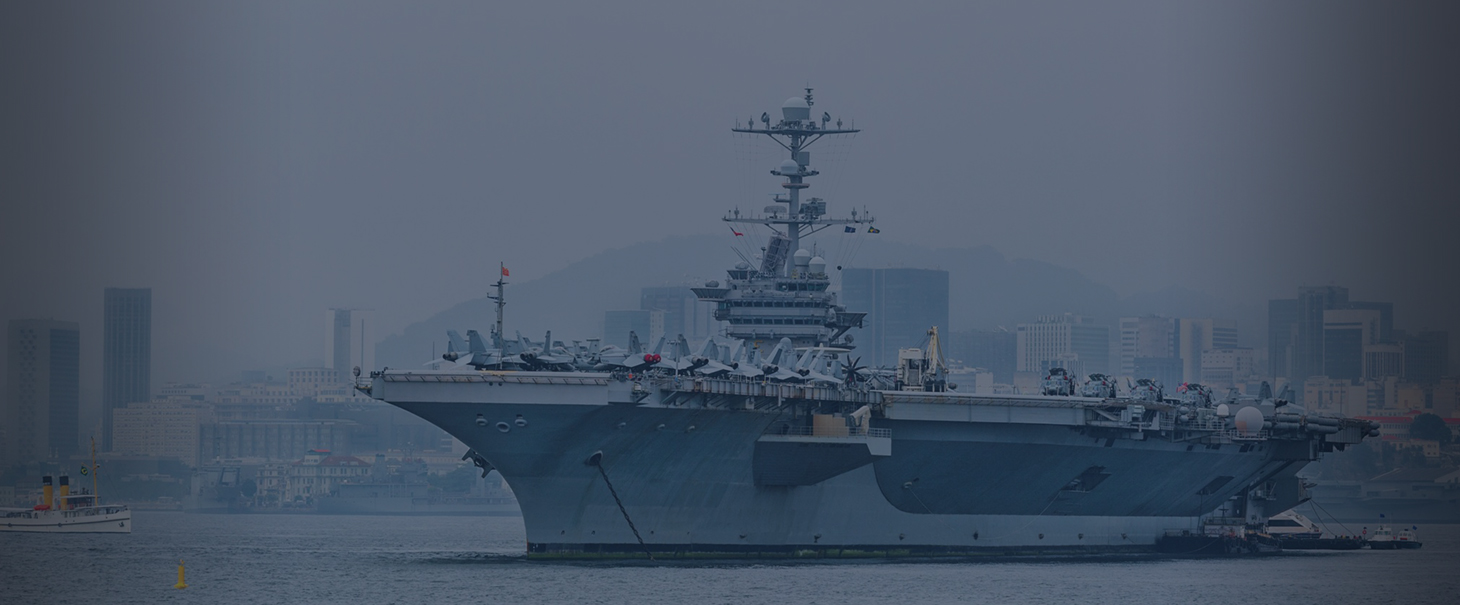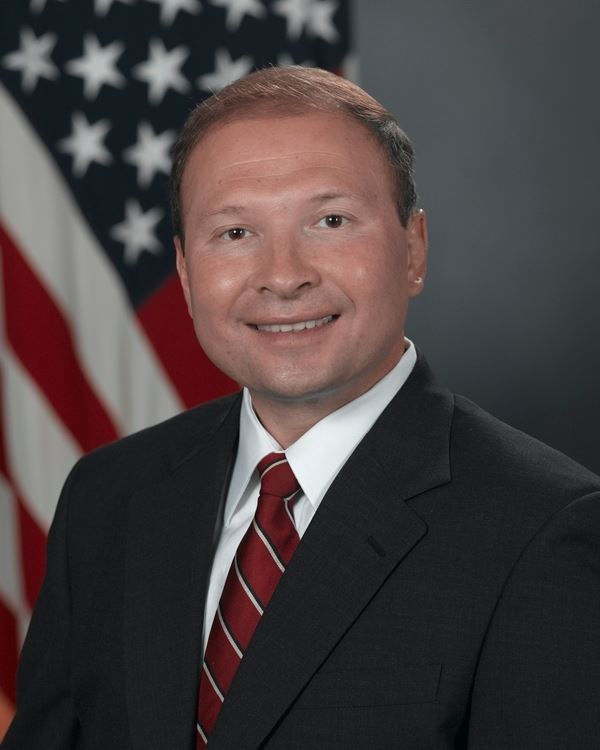EXPERT
Issues
Locations
DOWNLOAD
My recent visits to Ukraine, other countries formerly in the Soviet sphere, and their neighbors have convinced me that Kiev presides over a nation in terrible shape, at least compared to its former comrades. Infrastructure is crumbling, buildings are dilapidated and old Soviet-style jalopies carefully navigate pothole-strewn streets. And that just refers to areas outside the eastern war zone along the Russian border. The misery index is high nationwide, and Ukrainians understandably want better lives. Kiev’s attempts to join the E.U. and NATO were desperate moves meant to pull the country out of abject poverty, risking all to break free from a new Iron Curtain of Russian economic and military dominance. Ukraine sees how well other former Soviet Republics – particularly the Baltics – are doing, now that they’ve been members of both the E.U. and NATO for more than a decade. In Finland, Estonia, Latvia and Lithuania, life is good. To a lesser extent, the same goes for Georgia, Azerbaijan and Armenia. According to World Bank figures, Ukraine remains the poorest of four-dozen countries in Europe, with GDP per capita of $3,900 in 2013 – roughly one-ninth the E.U. average Meanwhile, the Baltics’ GDP per capita ranges between $15,000 to nearly $19,000, topping Russia’s $14,600. So why is Ukraine so much poorer? In a word, kleptocracy. Like Russia, Ukraine has been plagued by corruption and job-killing economic policies. It’s near impossible to start and run a business without shakedowns by officials at every level and the excessive burdens of bureaucratic red tape. If there’s little to no incentive for prosperity, why even bother? The numbers bear this out. Ukraine is ranked 155 on the Heritage Foundation’s 2014 Index of Economic Freedom, which factors in rule of law, limited government, regulatory efficiency and open markets. Russia doesn’t fare much better, at 140. Yet propped up by petroleum, which accounts for half of Moscow’s $2 trillion economy, the Bear muddles through despite being a de facto mafia state. Yet with oil prices falling by half last year, Russia’s kleptocrats may not even be able to muddle through much longer. While Ukraine lacks Russia’s natural resources regardless of oil prices, the same endemic corruption prevails. Thus the quality of life is even worse. Compare that to the Baltics, where Estonia ranks #11, Lithuania #21 and Latvia #42 on the same Heritage Index. Though they don’t possess Russia’s natural resources either, they have embraced the free-market system, good governance policies, pro-business attitudes, and anti-corruption measures – which have lifted them out of Soviet-era misery. And it’s not just the Baltics that inspire Ukraine. Across the borders in Poland, Hungary, Czech Republic and Slovakia, where the “Visegrad-4” escaped Russian-domination and became members of the E.U. in 2004, it’s also a different story. Their GDPs per capita are comparable to Russia’s, without the petro-dollars. The reason for the increased wealth? As with the Baltics: good governance. The difference between Ukraine and the Baltics and Visegrad-4 reminds me of the quality of life differences between Mexico and the U.S. During the Soviet days, everything behind the Iron Curtain was economically closer to Mexico. But Ukraine has been left behind a virtual Iron Curtain of kleptocracy and they know it. And Russia continues to play a role. Vladimir Putin doesn’t want to lose Ukraine from Moscow’s orbit. Five of seven natural gas pipelines to Europe run through Ukraine. Keeping Kiev as a junior partner is a vital national interest. Plus, since Russia’s population has declined from 148 to 143 million people in the last 20 years and could be a Muslim-majority country as soon as 2050, Moscow elites want to keep all the ethnically, religiously, and culturally similar people in its sphere as possible. Ukraine’s population is 45 million, and, as Putin repeatedly reminds us, many speak Russian. Annexing Russian-speaking areas of other countries has become part of Russian law and policy over the past 15 years. Thus annexation of parts of Georgia and Ukraine is not surprising. So where’s the next annexation going to be? Unless the U.S., E.U. and NATO provide a credible threat of deterrence to Putin’s designs for a new Russian empire, his aggression isn’t likely to stop. Such deterrence would include a sustained troop presence in the Baltics and Black Sea, lethal aid in weapons sales to Ukraine, and continued economic sanctions. While lower energy prices may slow Putin down, he’s a tough, patient former career KGB agent. And to Russians he’s a savior, evidenced by job approval ratings hovering around 80 percent. So while Ukraine struggles mightily for a shot at economic freedom in joining the West, we can’t blame them for trying. Quite the opposite, Americans and Europeans should be doing more to support them, while also dissuading Russia from carving up other sovereign nations.


 J.D. Gordon
J.D. Gordon